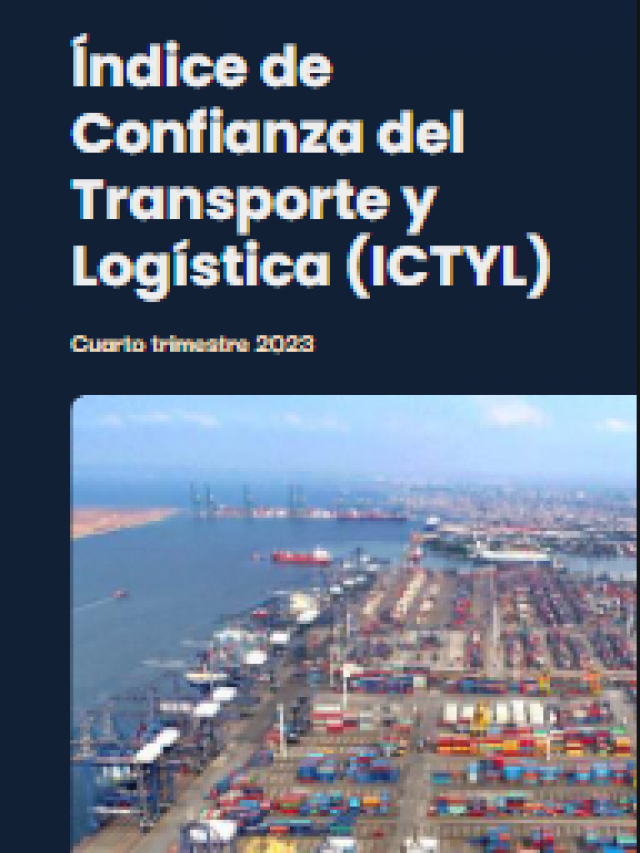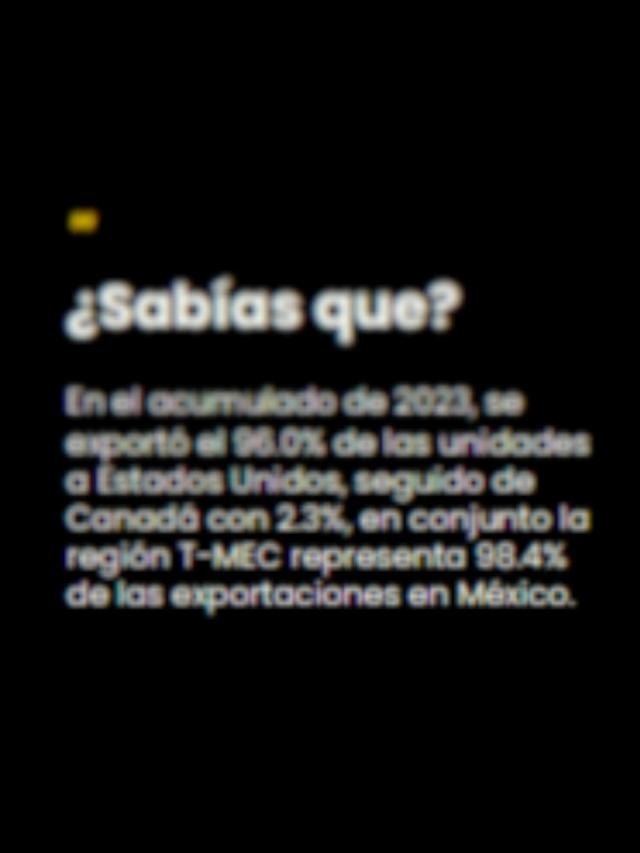
The relocation of production lines in Mexico ( nearshoring ) has triggered the use of industrial spaces, but also that of luxury real estate, whose market has grown due to the arrival of digital nomads and other professionals to the country, mainly in Jalisco, Baja California and Mexico City.
Andrés Martínez , Marketing Director of the real estate developer Grupo GFA , said that this type of development seeks to resolve a greater demand in terms of sophistication, amenities and remote work.
“It has to do with the fact that more and more people are being hired by foreign companies, as well as local people who are also being hired by these types of companies; in addition, the fact of doing business with the United States and other countries is that the need for spaces to do remote work is arising,” said the executive in an interview with T21 .
Regarding the acquisition of these properties, he added that between 60% and 65% are local investors, who buy in areas such as Zapopan, Jalisco.
He pointed out that this real estate market has great potential for growth, especially with the arrival of digital nomads , who are people who work remotely and use technology to carry out their work from anywhere. This way of working was triggered during the COVID-19 pandemic.
According to figures from NomadList , more than 15% of digital nomads traveling to Latin America choose Mexico as their main destination. In addition, the consulting firm ATDAC estimated that, by the end of 2024, nearly 100,000 digital nomads were working in the country.
Due to the effects of nearshoring , Tijuana, Baja California, is another city where this phenomenon has been observed, which has led to the demand for residential spaces.
“The effect is greater there, because there is a lot of movement of people from the United States and Mexico,” said Martinez, who added that many Mexican-Americans work in San Diego but live in Tijuana.
“Tijuana allows these people, these types of users, to have a first-class life at a cost that is perhaps more affordable than if they were looking for it in San Diego, and in the end, the crossing with San Diego is 15 minutes away,” he explained.
He added that in Tijuana, doctors are a type of user who use luxury residences. “They go and treat some patients and continue traveling, because they are apartments of 40, 50 or 60 square meters (m2), which is what they need to be able to satisfy this need,” he stressed.
Other areas that have benefited from the relocation of production lines in Mexico are the Bajío region and the north of the country , where in states such as Querétaro and Nuevo León, specifically in Monterrey, a positive outlook is expected in terms of the growth of this type of property.
Sector Outlook
Andrés Martínez believes that the luxury real estate market in Mexico has had a good reception, and therefore expects further growth.
“I think the luxury real estate market is growing significantly, at least here in Guadalajara the increase in capital gains has been 15% annually since 2020. In Tijuana the growth has been very similar,” he said.
In this regard, he said that demand is very high, and although there are ups and downs in the sector, “we see a very positive outlook for the luxury real estate market in Mexico,” so more projects are expected in Guadalajara and Mexico City.
According to the consulting firm Softec , the luxury housing market in Mexico closed 2024 with a value of 310 billion pesos (mdp) in sales, having placed more than 60 thousand units last year.
Comment and follow us on X: @Eliseosfield / @GrupoT21















